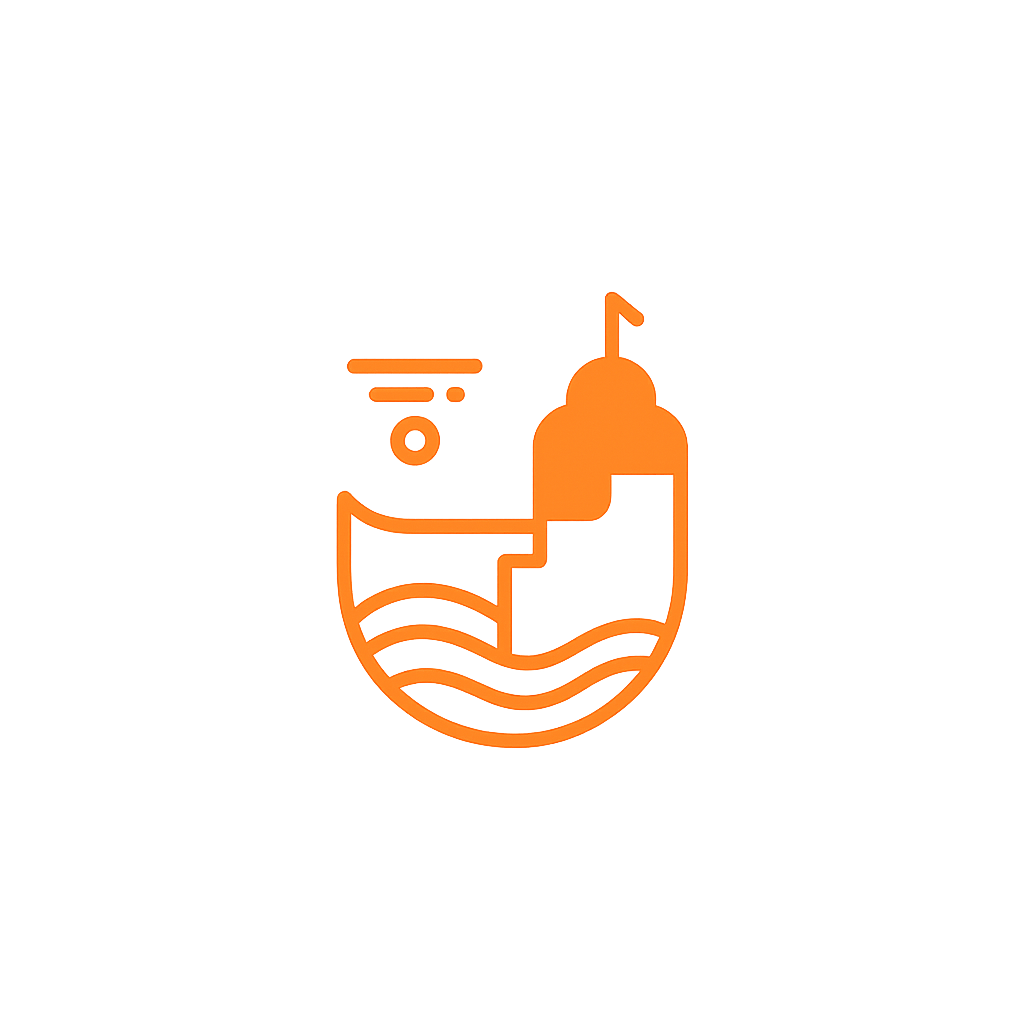History & Context
-
Built in 1737 by Maharaja Sawai Jai Singh II of Jaipur, famed for constructing five Jantar Mantars across India.
-
It sits atop the Man Mandir Palace, which was originally constructed in 1585 by Raja Man Singh I, a Rajput general under Akbar .
-
Designed to measure local time, altitude, declination of celestial bodies, and eclipses using naked-eye astronomical instruments.
Instruments & Structure
-
The observatory features scaled-down yet functional versions of large instruments from Jaipur and Delhi, including:
-
Samrat Yantra (giant sundial)
-
Ram Yantra, Disha Yantra, and Narivalaya Yantra, among others.
-
-
Despite its compact size, it is a testament to Jai Singh II’s scientific vision, blending astronomy and architecture.
A Celestial & Cultural Show
On the rooftop terrace, every hour you’ll find a short 16-minute video presentation about Maa Ganga, the spiritual essence of the river. This engaging show combines light, sound, and narrative, weaving together the history, mythology, and cultural importance of the Ganges.
Visitor Experience
-
Offers panoramic views of the Ganga and the ghats from the palace terrace—especially beautiful during sunrise or sunset.
-
Though smaller than its Jaipur and Delhi cousins, it remains an intriguing stop for history buffs, architecture enthusiasts, and contemplative souls .
-
Accessible with a modest entry fee (~₹25 Indian, ₹300 foreign), open daily from 6 a.m. to 5 p.m., best during October–March.
Quick Fact Card
| Feature | Details |
|---|---|
| Built | 1737 by Maharaja Jai Singh II |
| Location | Roof of 1585 Man Mandir Palace, Man Mandir Ghat |
| Purpose | Measuring celestial movements and local time |
| Timings & Fee | 6 am–5 pm daily; ~₹25 (Indian), ₹300 (foreign) |
| Tip | Visit October–March, or at sunrise for light and views |


